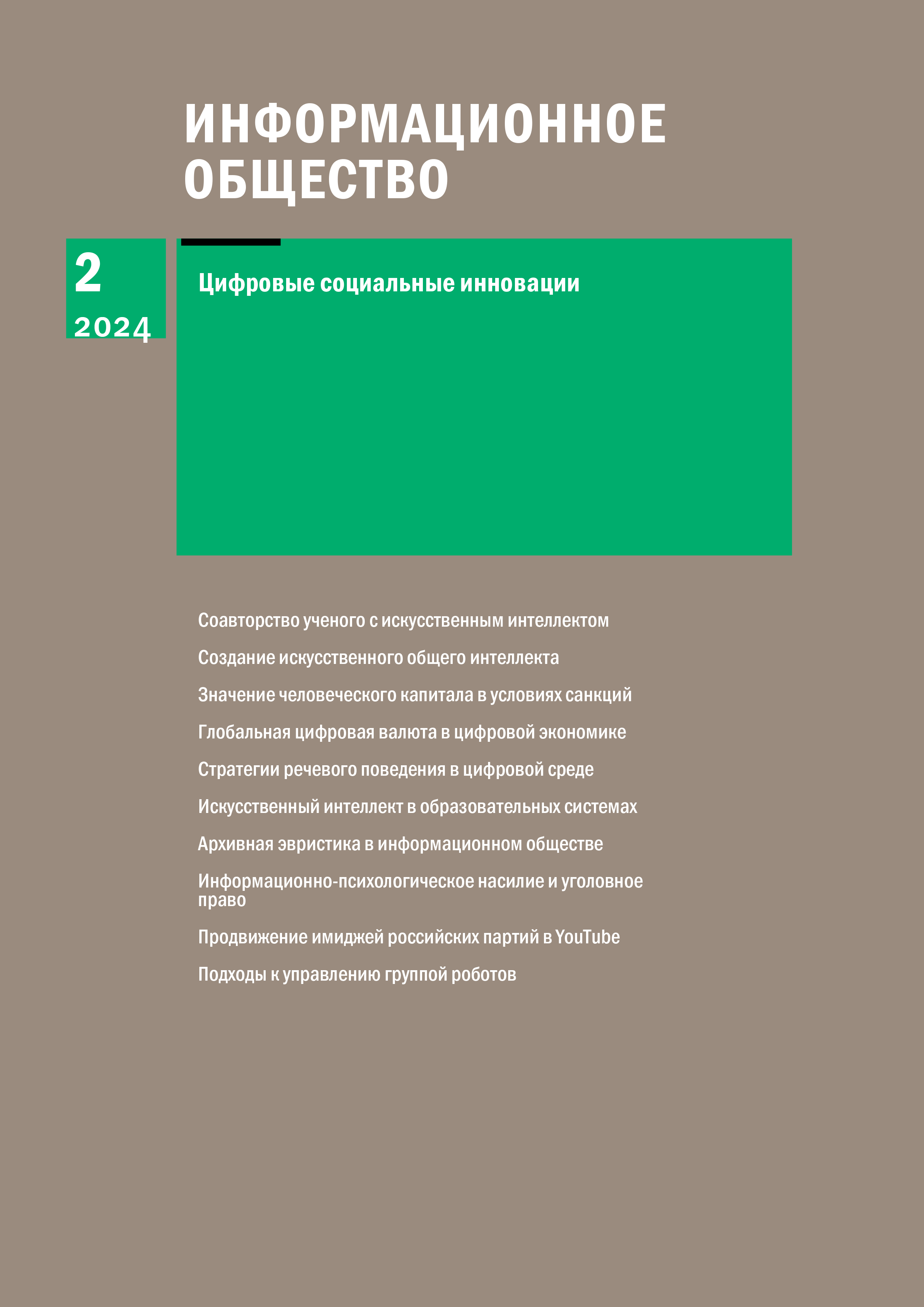Оптический компьютер для искусственного общего интеллекта
Ключевые слова:
искусственный общий интеллект, аналоговый оптический процессор, конвергентная технологияАннотация
Возможности искусственного интеллекта растут с увеличением мощности суперкомпьютеров и инноваций. Уже идут разговоры о том, что мы видим элементы создания искусственного общего интеллекта (Artificial general intelligence, AGI), например, в виде генеративного предварительно обученного трансформатора (Generative pre-trained transformer, GPT). Однако возможности классических подходов к построению искусственного интеллекта не безграничны. Они сдерживаются трудностями дальнейшего увеличения плотности транзисторов, дискретным (цифровым) представлением данных, невозможностью лингвистического представления мыслей и эмоций людей, отсутствием учета поведения атомов нейронов, число которых в квадриллион раз больше, чем самих нейронов, а поведение характеризуется нелокальностью. Однако снятие этих ограничений, включая смену цифровой парадигмы представления данных на аналоговую и учет атомной структуры нейронов, потребует создания новых материалов, которых еще нет на земле, построения оптических аналоговых процессоров. Эти исследования потребуют международного сотрудничества и использования специальной конвергентной технологии, которая обеспечит целенаправленность сложных междисциплинарных исследований. Некоторые элементы такой технологии уже отрабатываются на практике.
Опубликован
Как цитировать
Выпуск
Раздел
Copyright (c) 2024 Александр Николаевич Райков

Это произведение доступно по лицензии Creative Commons «Attribution-NonCommercial-ShareAlike» («Атрибуция — Некоммерческое использование — На тех же условиях») 4.0 Всемирная.
